
Fishing boat of Quang Ngai fishermen – Photo: TRAN MAI
Previously, the Vietnam Association of Seafood Exporters and Producers (VASEP) said it had sent a report to the Prime Minister's Advisory Council for Administrative Procedure Reform, the Vietnam Federation of Commerce and Industry (VCCI) and the Ministry of Agriculture and Rural Development on the difficulties of businesses due to the regulations on the minimum size of exploited aquatic products stipulated in Decree 37-2024 of the Government. Specifically, the regulation only allows catching skipjack tuna with a minimum length of 500mm and bony herring from 110mm,
Regulations not in accordance with international practice?
According to Mr. Truong Dinh Hoe - General Secretary of Vasep, businesses reflect that the regulations on minimum size allowed for exploitation under Decree 37-2024 for some exploited seafood species are inappropriate.
For example, skipjack tuna (Katsuwonus pelamis) has a minimum length of 500mm (equivalent to a fish weight of 5-7kg), while the international standard for this fish species is 1.8-3.4kg. In reality, many skipjack tuna fishing vessels in our country have a size of less than 1kg and customers prefer canned products made from small-sized fish.
Citing European Conservation Regulation (EU) 2019/1241, Vasep said that it also did not find any regulations on the minimum size of skipjack tuna, but only some sensitive species and the minimum size also varies depending on the sea area and resources in that area.
In Spain, fishing vessels still catch skipjack tuna under 1.5 kg and are still granted C/C. Furthermore, the Western and Central Pacific Fisheries Commission does not have regulations on minimum size for some tuna species, including skipjack.
For Sardinella gibbosa, the minimum length allowed for exploitation is 110mm. However, in practice in Vietnam, Sardinella gibbosa collected by enterprises with a size of less than 110mm often accounts for about 1/3 of the raw material of this species...
Vasep believes that with the above regulations, fishermen will have to change their nets to meet the mesh size requirements, and fishing port management organizations will have to add fishing gear criteria to the inspection of export and landing permits. Meanwhile, seafood exporting enterprises will have a serious shortage of raw materials to purchase, produce and export.
Therefore, Vasep recommends reviewing regulations on minimum exploitation size for some popular species such as skipjack tuna, bony herring, squid, and hard iron shrimp.
If we don't ban child abduction, resources will dry up.
Speaking to Tuoi Tre, Mr. Nguyen Quang Hung - Director of the Department of Fisheries Control (Ministry of Agriculture and Rural Development) - said that the purpose of regulating the minimum size allowed for exploitation of skipjack tuna, bony herring, Chinese squid, hard iron shrimp... is to protect young, small-sized fish, protect aquatic populations participating in reproduction to increase the ability to regenerate resources.
According to Mr. Hung, currently in the world, especially Europe, Japan and some countries, the exploitation size is regulated to exploit moderately, maintaining reserves for the following years. "Based on research by the Institute of Marine Research in 10 years (from 2010 - 2020) and biological analysis of aquatic species, we regulate the size of 500mm for skipjack tuna and 110mm for bony herring because at this size, 50% of individuals mature and reproduce for the first time," said Mr. Hung.
Mr. Hung also emphasized that in Vietnam, in recent years, the reserves and resources of aquatic products have declined sharply. The reserves of marine products in the period 2016 - 2020 are estimated at about 3.95 million tons, a decrease of 22.1% compared to the reserves of 5.07 million tons in the period 2000 - 2005. The main cause of the decline in resources is determined to be overexploitation, especially invasive exploitation of juvenile aquatic products, small in size, accounting for a high proportion of the exploited output.
The results of the 2015-2020 fisheries biological survey also showed that the level of resource encroachment by economic aquatic species is very high, occurring in all types of occupations, sea areas and at most times of the year. During the breeding and rearing season of aquatic species, the rate of resource encroachment by some economic species reaches an absolute level with 100% of the output being small-sized juvenile fish, shrimp and squid.
"If we do not regulate the permitted exploitation size, we will exploit all the young and unreproductive fish, and the resource will be exhausted," Mr. Hung emphasized.
Which facility proposed to only exploit skipjack tuna from 500mm?
Decree 37-2024 stipulates that the minimum size allowed for exploitation of skipjack tuna is 500mm, based on research results of the Institute of Marine Research in recent years. According to the survey, skipjack tuna in Vietnam has a length of 229 - 703mm, with the largest fish weighing 9.3kg. The size of maturity and first spawning in the offshore waters of the Central and Southeast regions is 477 - 494mm, and in the nearshore waters is 459mm.
Mr. Nguyen Quang Hung, Director of the Department of Fisheries Surveillance, said that the productivity of skipjack tuna exploitation has decreased significantly, from 38.7 kg/km of net in 2000 to 8.1 kg/km of net in 2018. The rate of resource encroachment of this species is also high, reaching 26% in purse seine fishing and 41% in gill net fishing. Based on these figures, the Department of Fisheries Surveillance has stipulated a minimum size of 500mm, about 10% larger than the size of the first spawning, equivalent to 2.63kg.
For the bony herring, the minimum size is set at 110mm. This decision is based on data showing that the length of this species ranges from 43 to 172mm depending on the sea area, with a mature and first spawning size of around 107mm.
These regulations aim to protect aquatic resources, especially immature and non-reproductive individuals, towards a sustainable and responsible fisheries industry.
Source: https://tuoitre.vn/cam-bat-ca-nho-de-bao-ve-thuy-san-20240711230805078.htm







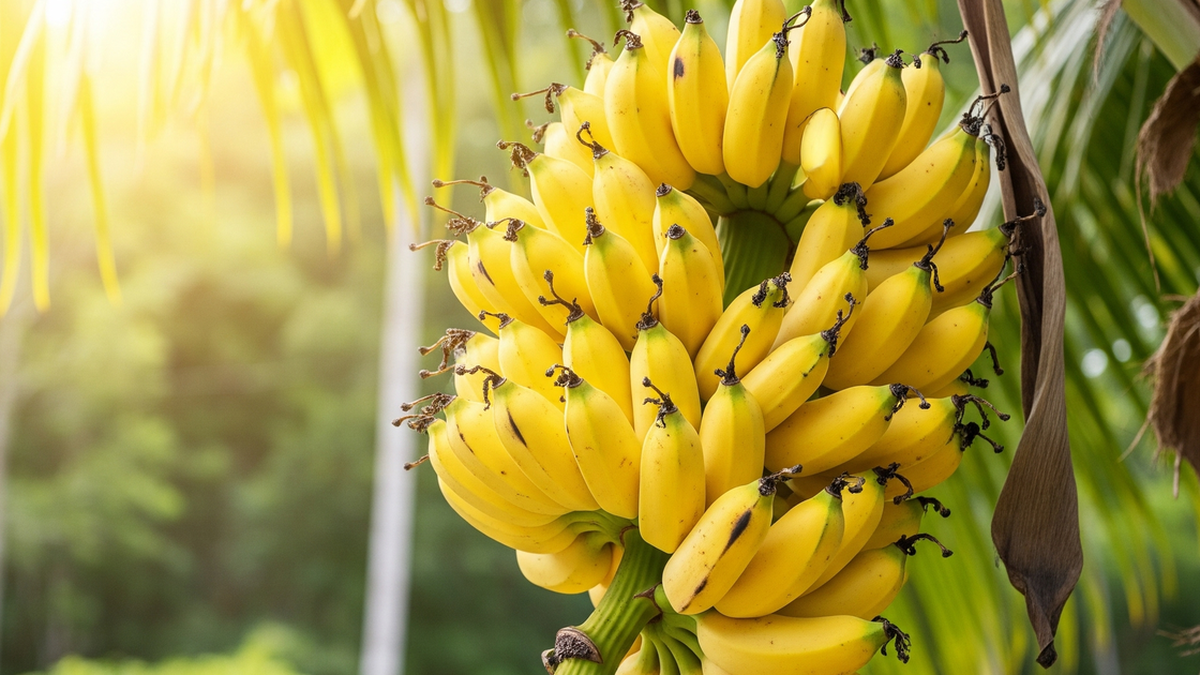

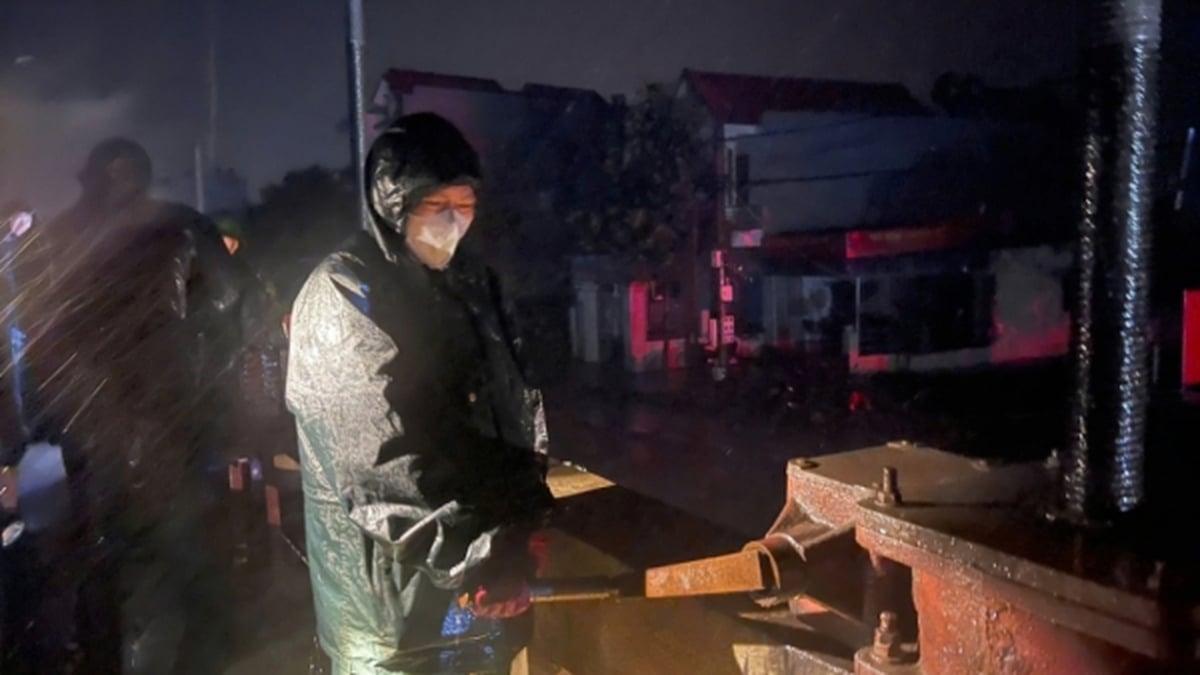

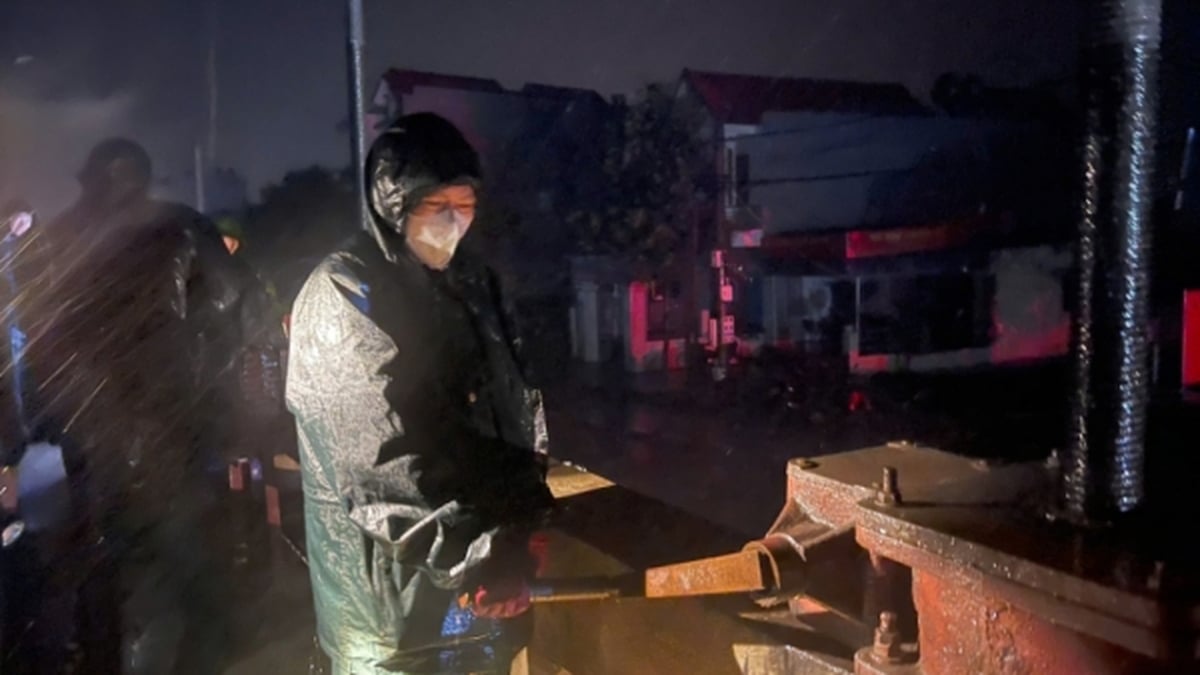
















![[Photo] National Assembly Chairman Tran Thanh Man visits Vietnamese Heroic Mother Ta Thi Tran](https://vphoto.vietnam.vn/thumb/1200x675/vietnam/resource/IMAGE/2025/7/20/765c0bd057dd44ad83ab89fe0255b783)























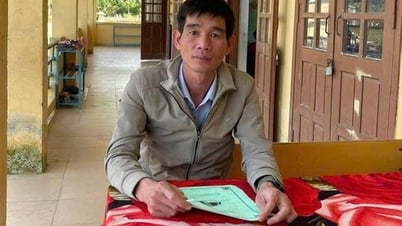



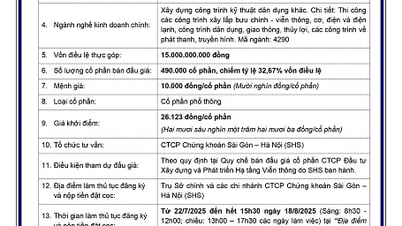








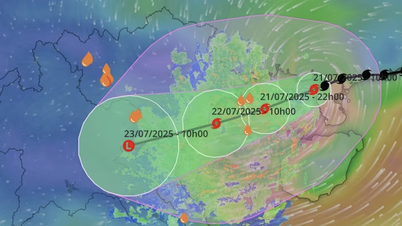




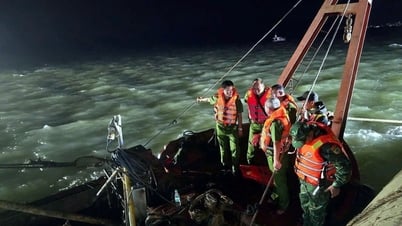






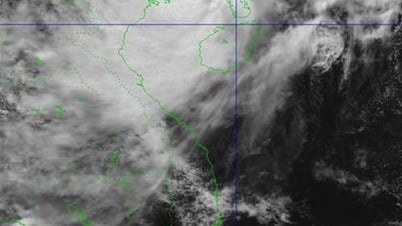

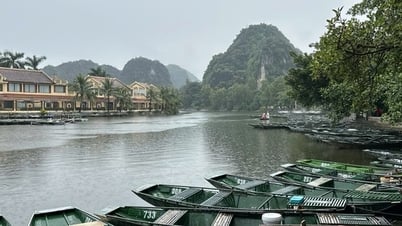

















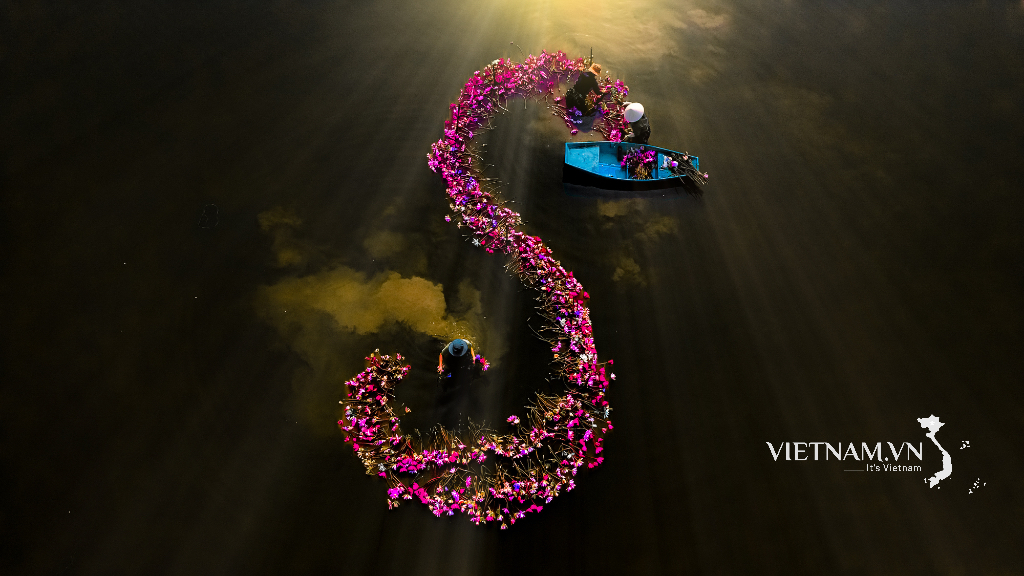



Comment (0)